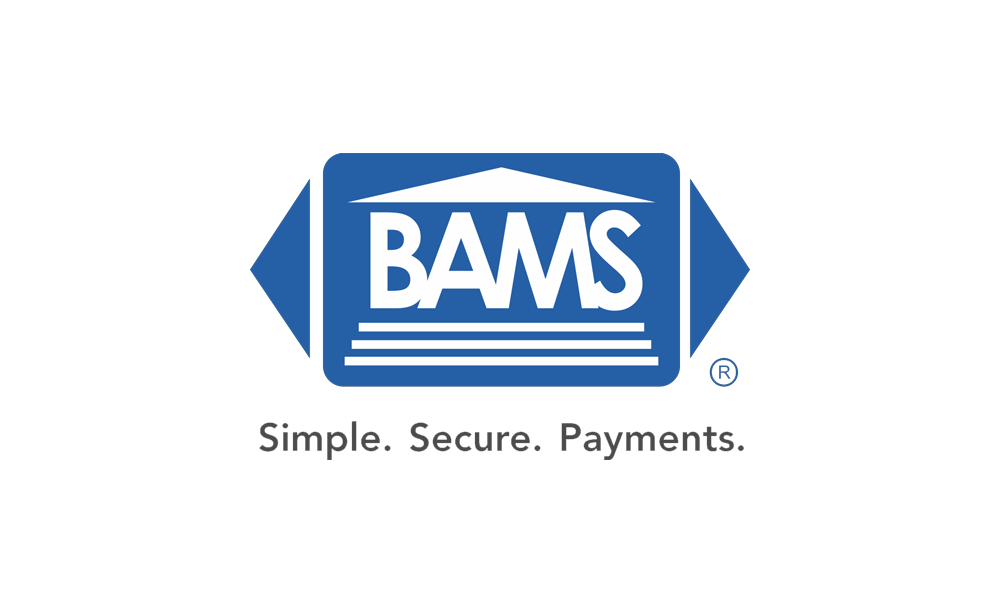Is Tiered Pricing as Good as Interchange Plus Pricing?
Partnering with the right payment processor can be the difference between a healthy profit and financial struggle for merchants in a wide variety of industries. While the features offered by merchant services companies are important, low transaction fees are understandably the primary concern of most businesses, and an important step in securing the lowest fees possible is to understand the different pricing models available prior to signing a contract. In this article, we’ll look at one of the most common models – tiered pricing – and how it compares to the less common, but highly beneficial interchange plus pricing model.
What is Tiered Pricing?
Tiered pricing, also known as bundled pricing, is a pricing structure in which the payment processor allows merchants to bundle transactions into preset interchange-rate categories. For instance, credit card transactions might be bundled into one category with a set, bundled interchange-rate, and Visa or Mastercard debit cards might be grouped into a separate category with a different rate. Those tiers are often set as qualified, mid-qualified, and non-qualified transactions (referring to how transactions comply with card issuer rules), but the common factor is that, rather than charging a single rate across the board (or the actual interchange fee), tiered pricing uses consistent groupings with set prices.
What are the Benefits and Drawbacks of Tiered Pricing?
The benefit of tiered pricing is that, in some cases, it can offer lower transaction rates on certain sales, but only when compared with the high rates commonly offered by third-party payment processors like PayPal and Square. The downsides, on the other hand, are numerous. First, because the transactions are lumped into categories with a tier-wide rate set by the payment processor, merchants can’t see the actual interchange rates on their transactions. That makes tiered pricing opaque. More importantly, because the payment processor is setting the category rates, those rates are marked up to generate a profit. So, while tiered pricing might be cheaper than the extreme rates charged by third-party options, in general, it’s more expensive than it needs to be because the processors are making a profit on the actual interchange rates. Those charges are hidden, and a good rule of thumb is that hidden charges never work out in the merchant’s favor.
Why Tiered Pricing Can’t Compete with Interchange-Plus Pricing
Interchange-plus pricing eliminates all of the problems associated with tiered pricing by basing transaction fees on the actual interchange rate charged on each individual transaction. The model offers some major advantages to merchants, both in their monthly bills and the level of insight they have into their own businesses. Because each transaction fee is based on the actual interchange rate levied by the card issuer, the savings from common, low-interchange cards, like Visa Debit, are passed directly to the merchant. That makes interchange-plus the cheapest pricing model currently available. Additionally, because each transaction fee is determined individually, merchants have full access to the exact interchange rates charged on each of their transactions, providing an accurate picture of their true costs, and enabling better financial management and decision making.
BAMS offers interchange-plus pricing to all of our partners, making our merchant accounts and services some of the most affordable in the industry. Combine that guaranteed low-pricing with the wide range of features we offer our merchants – from fraud management to next-day funding and beyond – and it’s clear why so many merchants across the globe prefer BAMS. Request today your unique five-step price comparison and let us show you exactly how much switching to BAMS could save you on your monthly merchant statement.




